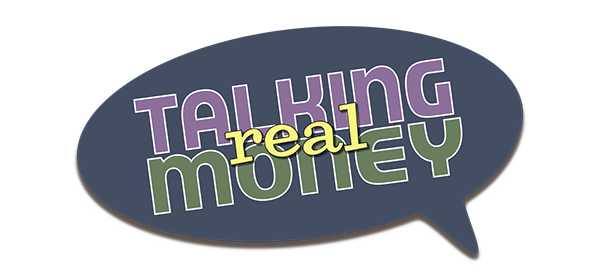Crisis Mode?
In the wake of this nation suspending payments on its debt the Standard and Poors 500 lost about 10% of its value in just two weeks. Investors worldwide fear the worst what should you have done?
Sound familiar? I am talking about the Russian debt crisis in 1998… remember that? Of course, you don’t. However, in August of 1998, frightened investors were selling stocks around the globe, and the S&P 500 dropped from its previous record high of 1187 to less than 974 by early September.
What if you sold into that particular panic (one of many we have experienced in our lifetime)? Less than two months later the S&P 500 had regained all it had lost and ended the over 25% higher than its fear induced late summer low.
Here are two questions for you:
In mid-1998 did you know that Russia would default on debt payments and sell your stock holdings?
After a brief two-week panic, did you buy back in, knowing that the fear would abate so quickly that the total return for 1998 would be almost 30%?
Today’s version of the Russia crisis is taking place a little further west. While there are differences, the similarities are striking.
Like a slow-motion glacier melting into a rushing river, it would appear that the markets have been swept into a period of heightened global uncertainty driven by a long-looming Greek debt crisis.
If you’d like to understand the key factors involved in this economic impasse, The New York Times has been running “Greece’s Debt Crisis Explained,” updating it regularly as events unfold.
As illustrated by previous crises, the current situation will likely be forgotten before long. In the meantime, what should you be doing with your money today.
We don’t know what the future holds, for Greece or anywhere else. Even more to the point, we don’t know how the market will react to whatever happens in Greece. This is why I suggest that those who already have a carefully planned, globally diversified portfolio in place, to keep that portfolio in place (unless your long-term objectives or circumstances have changed). If you’ve not yet formed that carefully planned, globally diversified portfolio, then there’s no time like the present to get started.
Others in the popular press or those who are transaction-based financiers might be tempting you to react to current events by buying this, selling that, or otherwise shifting around in reaction to the winds of change. They may be well-versed in financial economics, with impressive credentials and seemingly convincing reasons for why it’s time to act now. But if we eliminate the fancy trappings of their arguments, we’re left with the same essential evidence: It’s not good or bad news that sets future market pricing, it’s whether the next news is better or worse than the market has been expecting.
Peer into the future all you want, but an unknown reaction to an uncertain outcome is inherently unpredictable, no matter what we know now. Approach anyone who claims to believe otherwise – including your inner doubts – with a healthy dose of skepticism.
